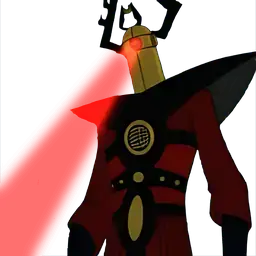Post-punk is a diverse genre that emerged from the cultural milieu of punk rock in the late 1970s. Originally called “new musick”, the terms were first used by various writers in the late 1970s to describe groups moving beyond punk’s garage rock template and into disparate areas. Sounds writer Jon Savage already used “post-punk” in early 1978. NME writer Paul Morley also stated that he had “possibly” invented the term himself. At the time, there was a feeling of renewed excitement regarding what the word would entail, with Sounds publishing numerous preemptive editorials on new musick. Towards the end of the decade, some journalists used “art punk” as a pejorative for garage rock-derived acts deemed too sophisticated and out of step with punk’s dogma. Before the early 1980s, many groups now categorized as “post-punk” were subsumed under the broad umbrella of “new wave”, with the terms being deployed interchangeably. “Post-punk” became differentiated from “new wave” after their styles perceptibly narrowed.
The genera itself being foundationally typified by groups such as Siouxsie and the Banshees, Wire, Public Image Ltd, the Pop Group, Cabaret Voltaire, Magazine, Pere Ubu, Joy Division, Talking Heads, Devo, Gang of Four, the Slits, the Cure, and the Fall. But not limited to. And has spun off many sub genera such as alternative rock, dark-wave, cold-wave, synth-wave, synth-pop, and some indie rock

